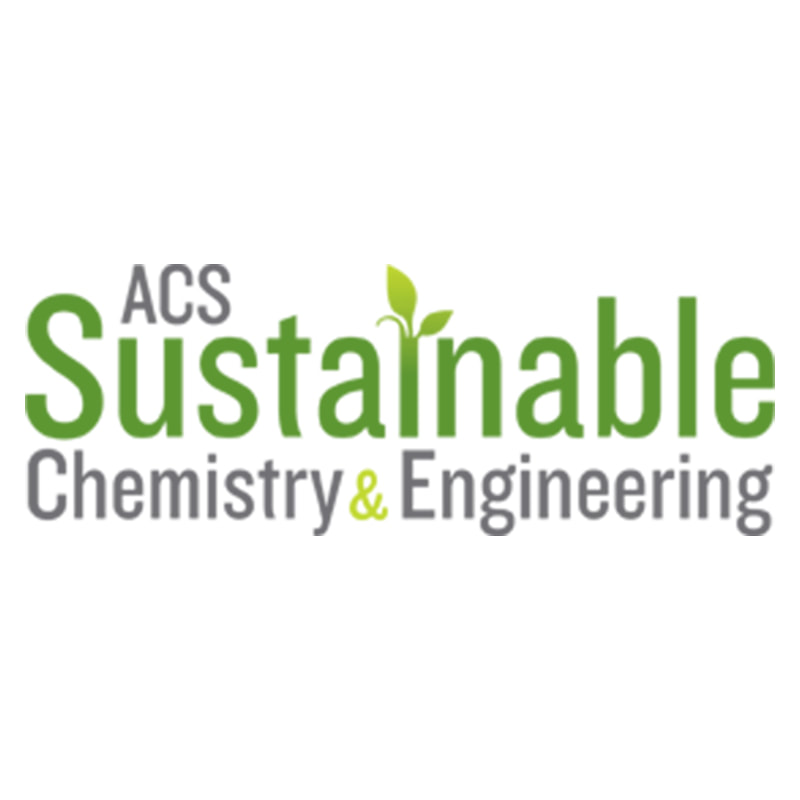Tailoring the Biocidal Activity of Novel Silver-Based Metal Azolate FrameworksS. Fatemeh Seyedpour, Ahmad Arabi Shamsabadi, Saeed Khoshhal Salestan,
Mostafa Dadashi Firouzjaei,○ Mohammad Sharifian Gh, Ahmad Rahimpour,* Farhad Akbari Afkhami, Mohammad Reza Shirzad Kebria, Mark A. Elliott,* Alberto Tiraferri, Marco Sangermano, Milad R. Esfahani, and Masoud Soroush* |
Abstract:
The synthesis of nanostructures with tunable antibacterial properties using green solvents at room temperature is of environmental interest, and antibacterial nanomaterials are used in the fabrication of biofouling-resistant membranes for water purification and wastewater treatment. In this study, we investigate the effect of organic ligands on the antibacterial and structural properties of silver-based metal–azolate frameworks (Ag-MAFs). Three new Ag-MAFs were synthesized with silver, as the metal center, and imidazole-based linkers having different chemistries via a facile and environmentally friendly method conducted at room temperature. The coordination of silver ions with the linkers resulted in the formation of Ag-imidazole, Ag-2 methylimidazole, and Ag-benzimidazole complexes with octahedral, hexagonal nanosheet, and nanoribbon morphologies, respectively. The Ag-MAFs exhibited excellent antibacterial activity (up to 95% die-off of bacteria at a short exposure time of 3 h) in colloidal forms against both Gram-negative Escherichia coli (E. coli) and Gram-positive Bacillus subtilis (B. subtilis) because of synergetic effects of silver and the imidazole-based linkers. Ag-2 methylimidazole showed the highest antibacterial activity, owing to its high silver concentration and special nanocrystal structure that provides better contact with bacteria. This work indicates that the antibacterial activity of Ag-MAF nanostructures can be tailored by changing the organic linker, allowing for creating nanostructures with desired biocidal properties.
The synthesis of nanostructures with tunable antibacterial properties using green solvents at room temperature is of environmental interest, and antibacterial nanomaterials are used in the fabrication of biofouling-resistant membranes for water purification and wastewater treatment. In this study, we investigate the effect of organic ligands on the antibacterial and structural properties of silver-based metal–azolate frameworks (Ag-MAFs). Three new Ag-MAFs were synthesized with silver, as the metal center, and imidazole-based linkers having different chemistries via a facile and environmentally friendly method conducted at room temperature. The coordination of silver ions with the linkers resulted in the formation of Ag-imidazole, Ag-2 methylimidazole, and Ag-benzimidazole complexes with octahedral, hexagonal nanosheet, and nanoribbon morphologies, respectively. The Ag-MAFs exhibited excellent antibacterial activity (up to 95% die-off of bacteria at a short exposure time of 3 h) in colloidal forms against both Gram-negative Escherichia coli (E. coli) and Gram-positive Bacillus subtilis (B. subtilis) because of synergetic effects of silver and the imidazole-based linkers. Ag-2 methylimidazole showed the highest antibacterial activity, owing to its high silver concentration and special nanocrystal structure that provides better contact with bacteria. This work indicates that the antibacterial activity of Ag-MAF nanostructures can be tailored by changing the organic linker, allowing for creating nanostructures with desired biocidal properties.
In this work:
tags: |
bibtex: |
|
bacteria, E.coli, membranes, water_treatment, metal-organic frameworks, chemical,
mostafadadashifirouzjaei, water, mark_elliott, environmental treatment, alberto_tiraferri, ahmad_rahimpour |
@article{seyedpour2020tailoring,
title={Tailoring the Biocidal Activity of Novel Silver-Based Metal Azolate Frameworks},
author={Seyedpour, S Fatemeh and Arabi Shamsabadi, Ahmad and Khoshhal Salestan, Saeed and Dadashi Firouzjaei, Mostafa and Sharifian Gh, Mohammad and Rahimpour, Ahmad and Akbari Afkhami, Farhad and Shirzad Kebria, Mohammad reza and Elliott, Mark A and Tiraferri, Alberto and others},
journal={ACS Sustainable Chemistry \& Engineering},
year={2020},
publisher={ACS Publications}
}
|










